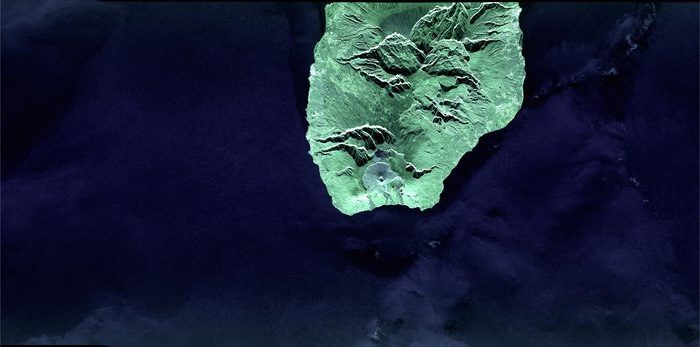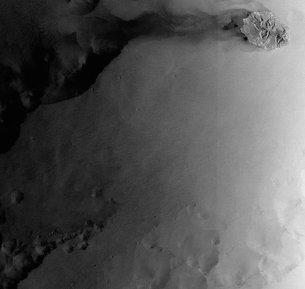ESA today unveiled the first Sentinel-1 satellite images sent via the European Data Relay System’s world-leading laser technology in high orbit.
The two images were taken by the radar on the Copernicus Sentinel-1A over La Reunion Island and its coastal area. The first was scanned in a high-resolution mode, the second in a wide-swath mode that provides broad coverage of surrounding waters, and used in particular for maritime surveillance.
Sentinel-1A, sweeping around the globe at 28 000 km/h, transmitted the images to the EDRS-A node in geostationary orbit via a laser beam at 600 Mbit/s. The laser terminal is capable of working at 1.8 Gbit/s, allowing EDRS to relay up to 50 TB a day. EDRS immediately beamed the data down to Europe.
The transfer between the two satellites was fully automated: EDRS connected to Sentinel from more than 35 000 km away, locking on to the laser terminal and holding that link until transmission was completed.
The German Space Operations Center in Oberpfaffenhofen, Germany, tasked by the Mission Operating Center of Airbus Defence and Space in Ottobrunn, received the raw Sentinel-1A data at its station in Weilheim, Germany. They were then passed to the ESA-managed Sentinel-1 ground segment, where they were processed to generate the final products.
EDRS will dramatically improve access to more urgent and potentially life-saving coverage from space than ever before.
Satellites like the Sentinels can help to survey areas struck by natural disasters. When the situation on the ground is changing rapidly, hours-old satellite information is of little use to rescue teams. EDRS will allow access to time-critical data acquired around the world.
EDRS will help in disaster relief as well as for operational monitoring services like maritime surveillance by relaying the data as quickly as possible to Europe, thanks to its network of ground stations like the one in Oberpfaffenhofen.
Magali Vaissiere, ESA Director of Telecommunications and Integrated Applications, said at the Berlin Airshow today, “With today’s first link, EDRS is close to becoming operational, providing services to the Copernicus Sentinel Satellites for the European Commission.
“EDRS is the world’s first laser relay service and features technologies developed by European industry.”
Volker Liebig, ESA Director of Earth Observation Programmes, stated: “The Sentinels are the anchor customer of the new commercial EDRS service and the Copernicus system wins new downlink flexibility. So we have a real win-win situation.”




















